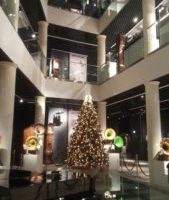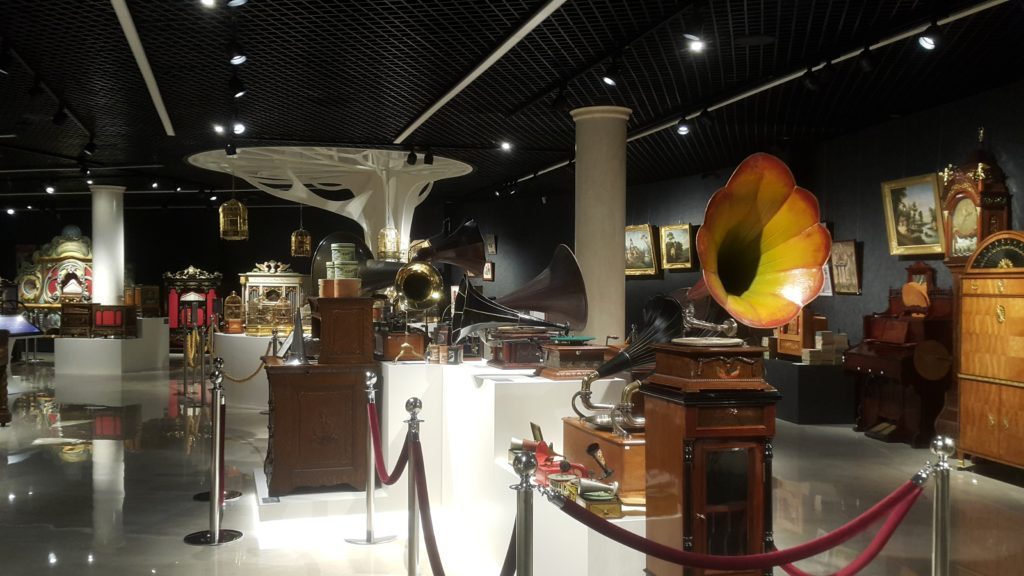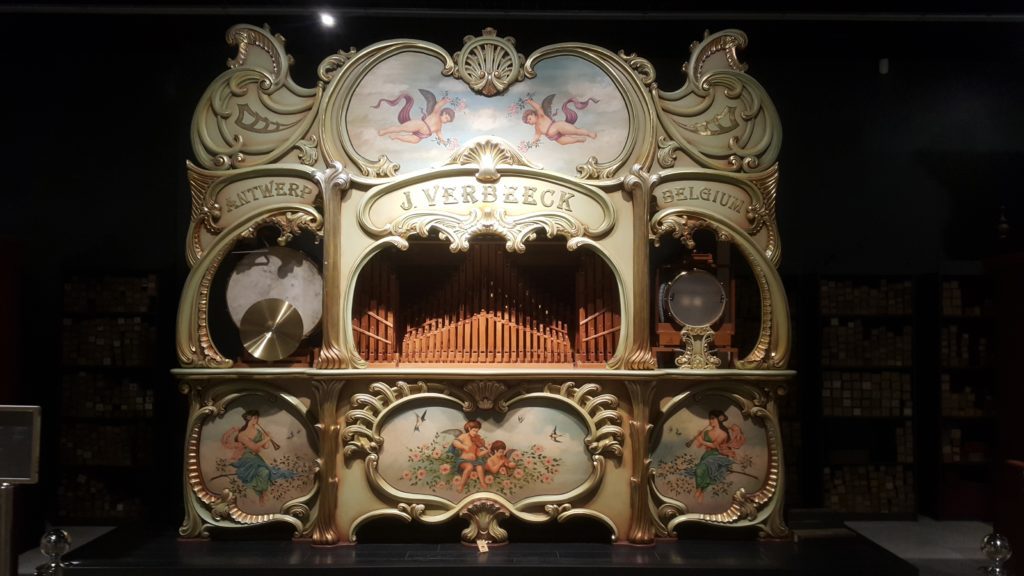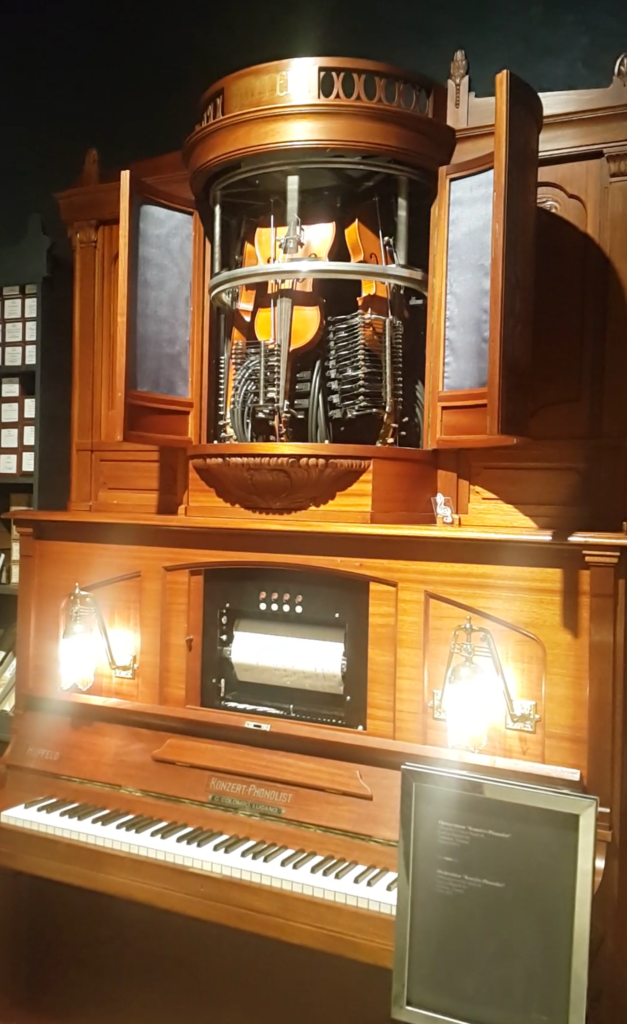A most unusual cultural highlight is soon to appear on the Moscow arts map – the Museum of antique mechanical instruments and applied art, Collection, or Музей «Коллекция». I was among the lucky few who got a preview of the venue and the collection before the museum officially opens its doors to the public in 2019.
The museum is a private initiative of a Russian businessman and arts patron, David Yakobashvili, and all the items on display are part of his vast personal collection. It all began with his friendship with a Swedish businessman, Bill Lidwall, a passionate collector of antique mechanical instruments, who eventually sold his collection to David (around 460 items) in 2000. Today, the museum holds over 20,000 items.
Private museum projects in Moscow and beyond are a fascinating cultural phenomenon of post-Soviet Russia. With massive funds at their disposal, the new art patrons successfully compete with state art institutions by setting up private museums of their own, hosting impressive personal collections such as: TheMuseum of Russian impressionismfounded by Boris Minz, The Museum of Russian Realism, a baby of Alexei Ananyev, TheMuseum of Russian Iconsset up by Michael Abramov, to name a few. All of them compare favourably with public museums thanks to their super-modern venues, cutting edge museum technologies and, for the most part, visitor-friendly staff.
There are times when you are so overwhelmed you do not find the words to describe your emotions. This is what I felt as we walked around the vast museum space. The museum is truly breathtaking – modern, stylish, and extravagant.The items on display are rare and exotic: humungous street organs, intricate and highly complex musical boxes, player pianos, barrel organs (they let you play them if you’re lucky!), not to mention phonograms, gramophones and musical clocks of different kinds. Most of them are in excellent working condition, and visitors get to enjoy them in action, as the tour guide (actually, a member of the museum restauration team) sets them in sound and motion. Some of the instruments are so rare they take your breath away, like the highly complex player piano & violin construction (see video), or the slightly creepy automatons (self-operating and music-playing dolls). A lot of these expensive ‘toys’ were custom-made to entertain their rich owners, while others, like street organs and barrel organs, would entertain the wider audience in the street. Some of the more recent and recognizable devices include juke boxes playing the sweet nostalgic pieces by Edith Piaf and Frank Sinatra.
Mechanical instruments comprise the bulk of the collection. On top of that, there is a highly impressive collection of decorative art, including a display of Faberzhe masterpieces, fantastic bronze sculptures, precious crystal, and lapidary art.
All this extravagance sits in a recently completed four-floor venue located very favourably, near Kitai Gorod metro station (Solyanka street, 16). The building was especially built to host the collection. It is indeed a luxurious gift to the Muscovites, and I personally intend to come back and explore it further. The museum is yet to open doors to the wider public, and along with museum tours, a schedule of various events is currently being put together, including concerts and musical evenings. In the meantime, you can check out its very professional and English-speakers-friendly website, www.mus-col.com and enjoy a virtual tour of the collection.
 I want to express my deep appreciation to Maria Ushakova for organizing this very special private visit and the privilege to get a glimpse of museum magic.
I want to express my deep appreciation to Maria Ushakova for organizing this very special private visit and the privilege to get a glimpse of museum magic.



